In Artinis NIRS blog, you will find the latest trends in (f)NIRS, NIRS studies and applications, tutor from the leaders of near infrared spectroscopy, not to mention detailed insights and tips and tricks for your research!
Search blog post topic
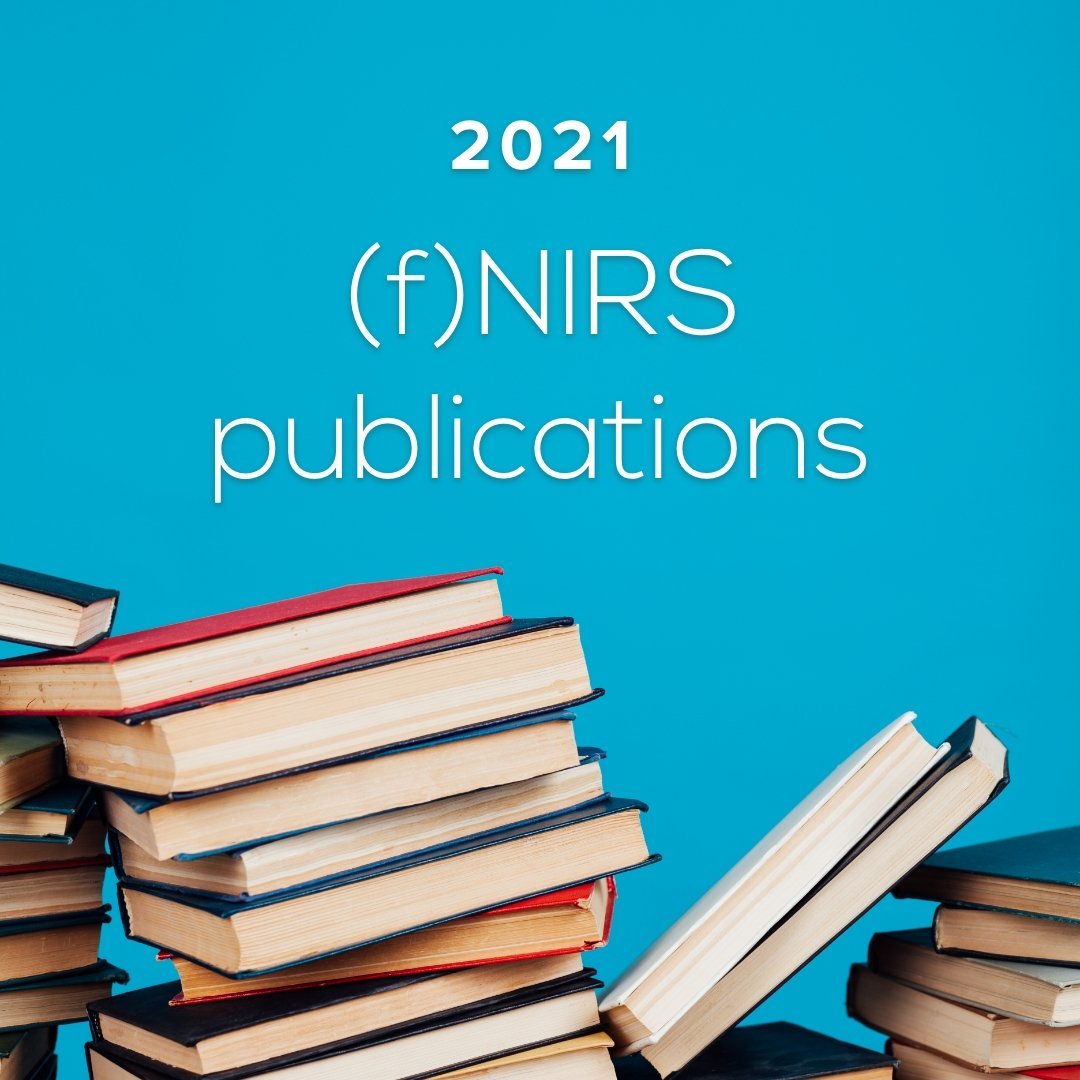
2021 Publication overview with Artinis Near-Infrared Spectroscopy (NIRS) devices
More than 110 papers using our (f)NIRS devices in neuro- and sports science areas were submitted last year. This blog post gives an overview of all papers published in 2021 using Artinis (f)NIRS devices for different application fields/categories, including cortical brain research, sport science, clinical and rehabilitation, hypoxia research, hyperscanning and multimodality.
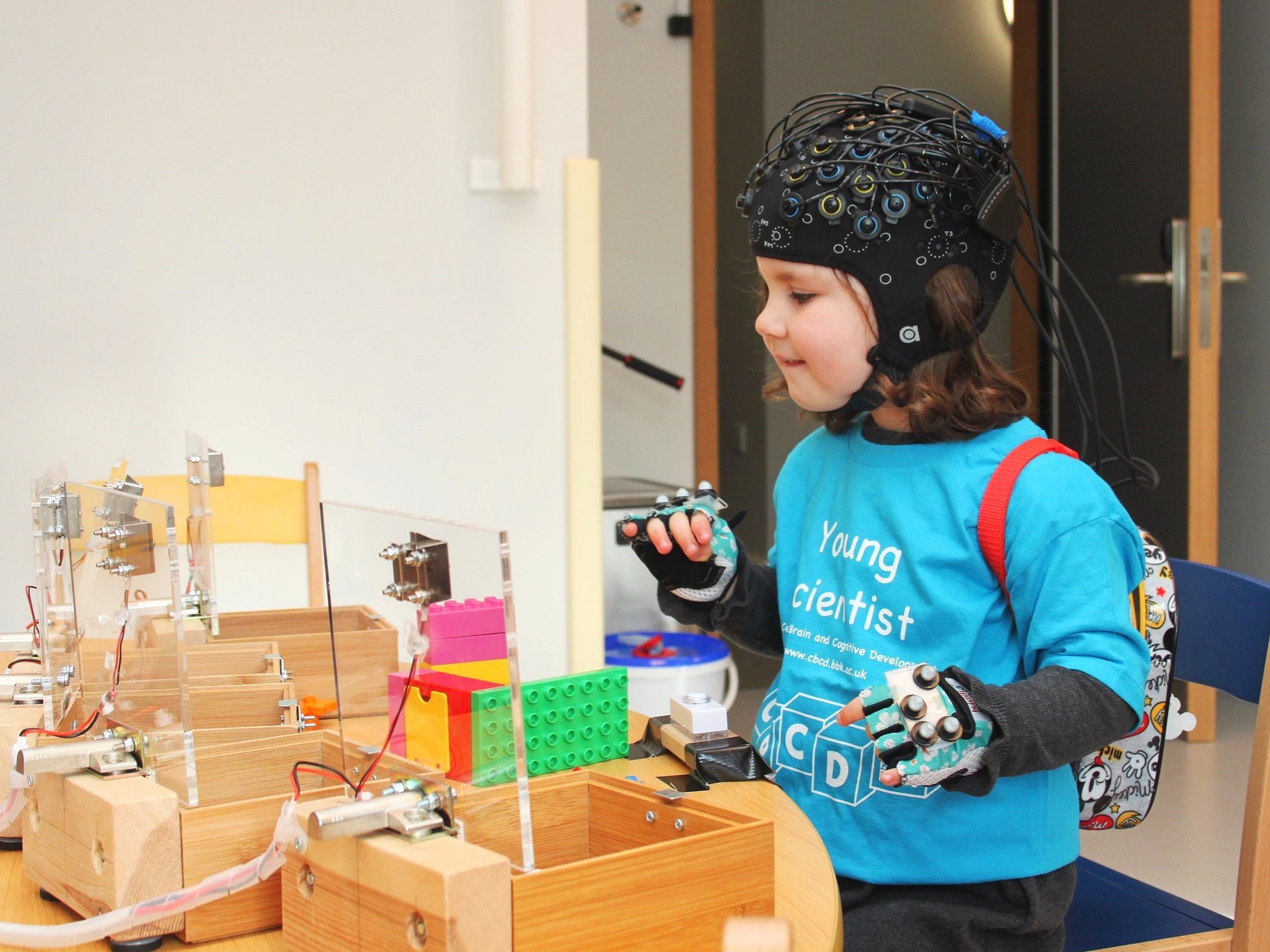
Exploring early brain development in real-world settings: an interview with Dr. Paola Pinti
Dr. Paola Pinti is a Senior Research Laboratory Developer in the Birkbeck ToddlerLab. In this interview, she shares her experience in neuroscience, her work in the ToddlerLab, and the usage of a multimodal set-up to investigate behavior and brain of preschool children.
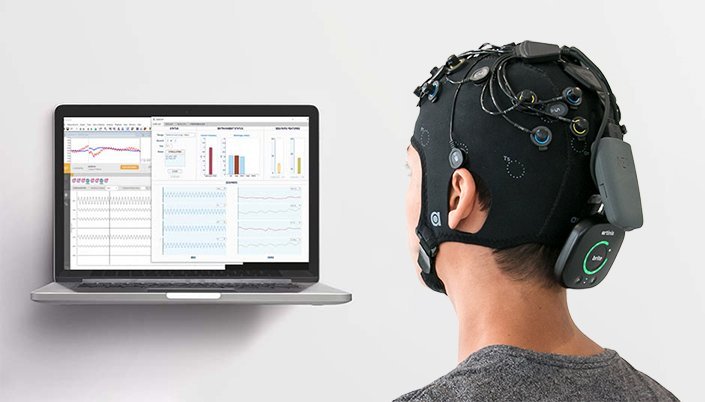
The Starstim fNIRS - Combining tES brain stimulation and EEG + fNIRS neuroimaging in one headcap
Starstim fNIRS is the most adaptable solution to combine tES brain stimulation with EEG and fNIRS neuroimaging in one single wireless and wearable system – and what makes it the most versatile solution for researchers and clinicians in many application areas. The possibility to combine tES with multiple neuroimaging modalities in one device facilitates altering human behavior and acquiring a more complete picture of the brain. It further increases application possibilities and reduces set-up and measurement time.
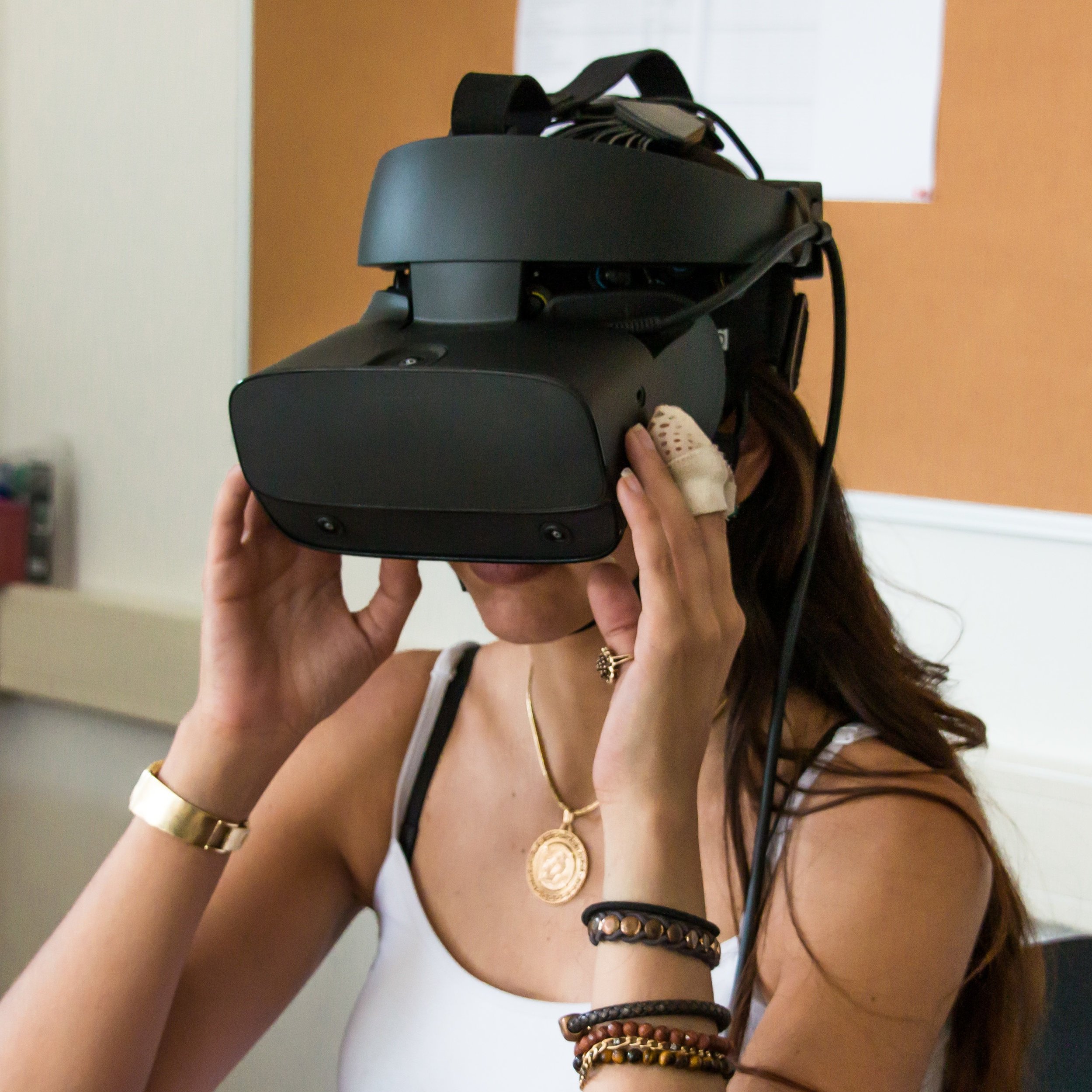
Using fNIRS to study emotions in virtual reality environments
Have you ever watched a horror movie or read a really gripping thriller that made you skip a beat or two at the climax? If you know what I’m talking about, then we can agree on something: our minds are connected to our bodies in such a way that the emotions we experience cause physiological changes on us.
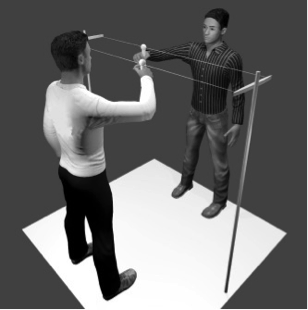
2fNIRS workshop: Hyperscanning with the OctaMon
Last week Artinis was present at the 2016 2f-NIRS conference in Montpellier, France. This two-day conference, titled NIRS signal: from acquisition to analysis, provided us with a great platform to give a mirror game workshop with two OctaMon devices.
NIRS and Tobii eye tracking
Bringing together the various methods of data collection and analysis. Combine different biometric techniques with NIRS, such as eye tracking technology.
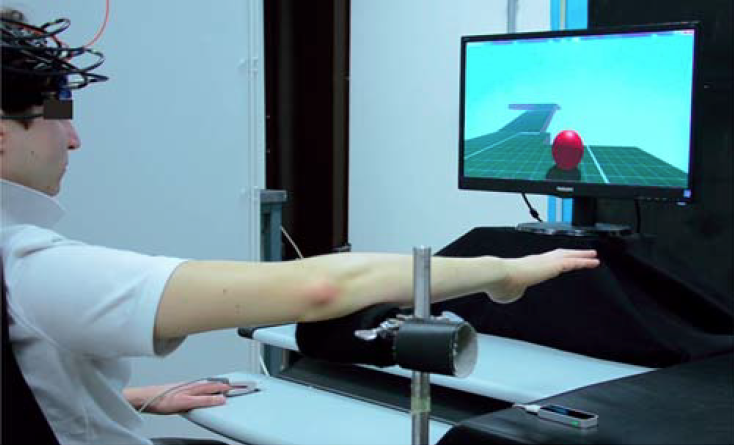
Prefrontal cortex activation upon a demanding virtual hand-controlled task
We are happy to announce that the University of L’Aquila (Italy) research group utilized the 20-channel Oxymon in an important study for neuroergonomics.
